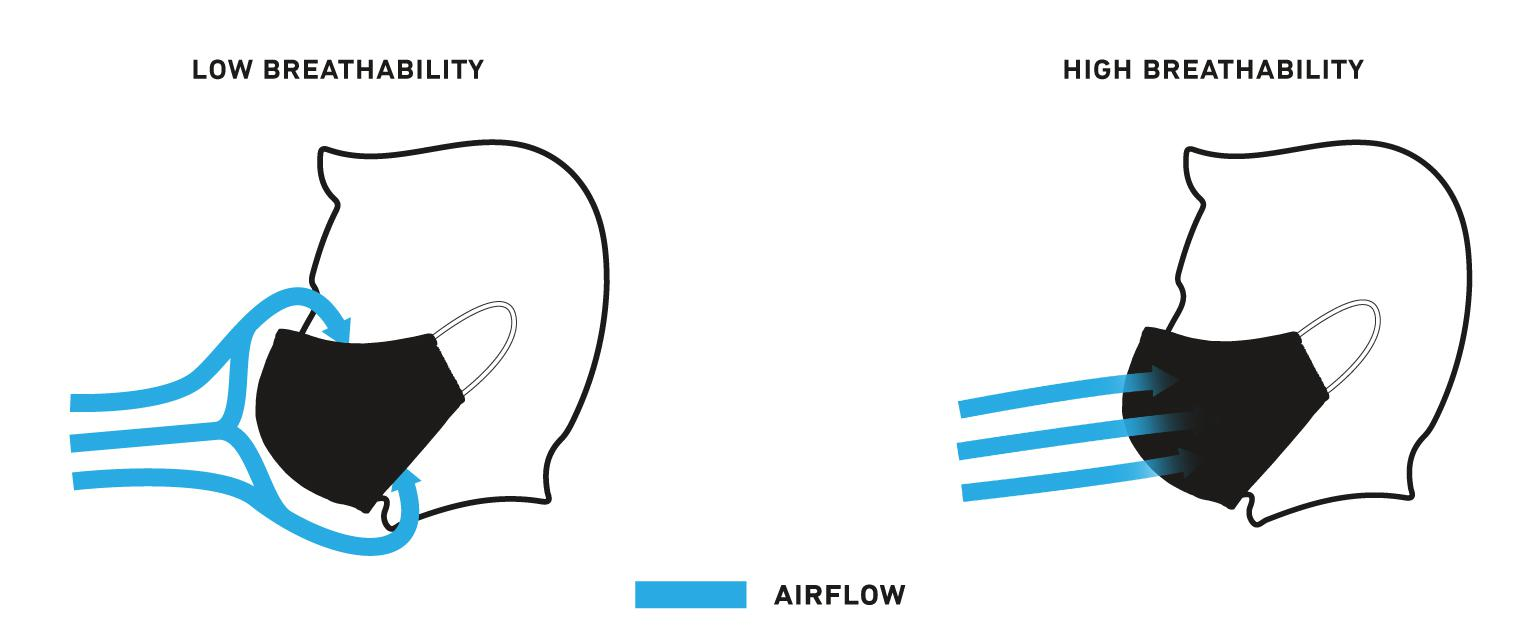Researchers determine materials making least effective masks for Covid-19 prevention
| Vietnamese Russian face masks donor warns over imposter scams | |
| Thua Thien Hue: Facemasks and hand sanitizers distributed to poor households | |
| Tips on homemade facemask from fabric with/without sewing |
As Covid-19 vaccine producing is yet to come to a swift end, a group of researchers at Duke University created a simple technique to analyze the effectiveness of various types of masks which have become a critical component in stopping the spread of the virus, CNN reported.
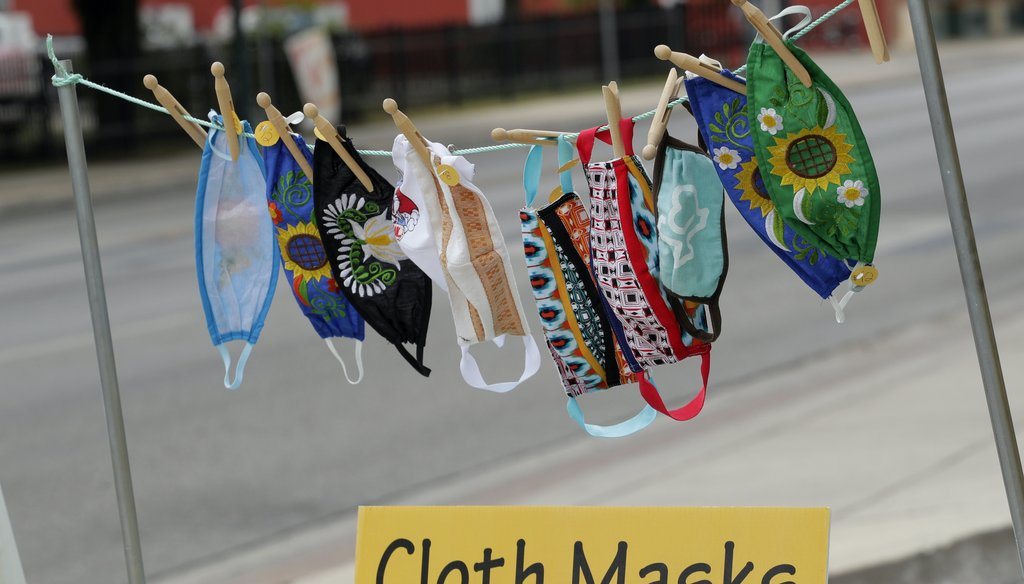 |
The most effective mask was the fitted N95. Three-layer surgical masks and cotton masks, which many people have been making at home, also performed well. Researchers tested 14 commonly available masks including a professionally fitted N95 mask, usually reserved for health care workers. First, the test was performed with a speaker talking without wearing a mask. Then they did it again while a speaker was wearing a mask. Each mask was tested 10 times.
Neck fleeces, also called gaiter masks and often used by runners, were the least effective. In fact, wearing a fleece mask resulted in a higher number of respiratory droplets because the material seemed to break down larger droplets into smaller particles that are more easily carried away with air.
Folded bandanas and knitted masks also performed poorly and did not offer much protection.
"We were extremely surprised to find that the number of particles measured with the fleece actually exceeded the number of particles measured without wearing any mask," Martin Fischer, one of the authors of the study. "We want to emphasize that we really encourage people to wear masks, but we want them to wear masks that actually work."
While the setup of the test is quite simple -- all that is required is a box, a laser for less than $200, one lens, and a cell phone camera -- Fischer does not recommend people to set them up at home.
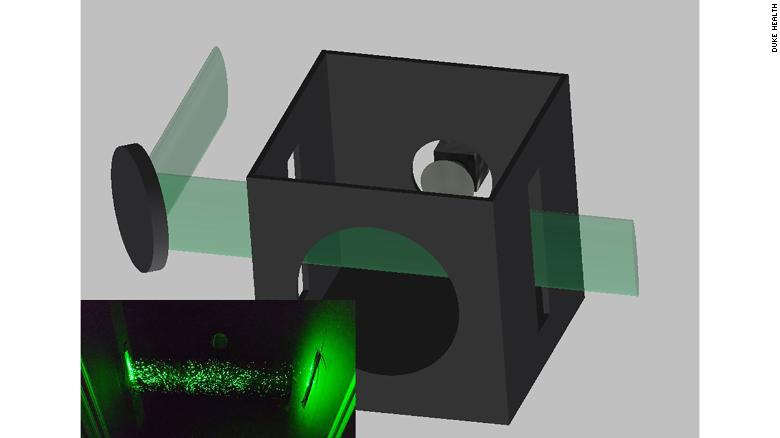 |
| A visual aid showing how the laser beam and sheet of light work to capture respiratory droplets. |
Unless a person is familiar with laser safety or has optic experience, mishandling powerful lasers can cause permanent eye damage. However, the researchers are hoping companies, museums and community outreach centers will set up the test to show people which masks are the most effective.
"This is a very powerful visual tool to raise awareness that a very simple masks, like these homemade cotton masks, do really well to stop the majority of these respiratory droplets," Fischer said. "Companies and manufacturers can set this up and test their mask designs before producing them, which would also be very useful."
How much protection do face masks offer?
According to MayoClinic, a surgical mask, also called a medical mask, is a loose-fitting disposable mask that protects the wearer's nose and mouth from contact with droplets, splashes and sprays that may contain germs.
A surgical mask also filters out large particles in the air. Surgical masks may protect others by reducing exposure to the saliva and respiratory secretions of the mask wearer.
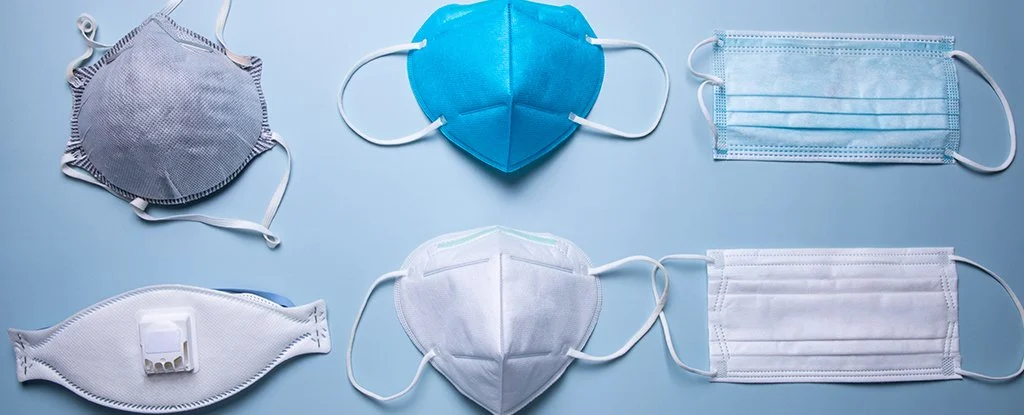 |
| Photo: ScienceAlert. |
At this time, the U.S. Food and Drug Administration has not approved any type of surgical mask specifically for protection against the coronavirus, but these masks may provide some protection when N95 masks are not available.
N95 masks
Actually a type of respirator, an N95 mask offers more protection than a surgical mask does because it can filter out both large and small particles when the wearer inhales. As the name indicates, the mask is designed to block 95% of very small particles. Some N95 masks have valves that make them easier to breathe through. With this type of mask, unfiltered air is released when the wearer exhales.
Health care providers must be trained and pass a fit test to confirm a proper seal before using an N95 respirator in the workplace. Like surgical masks, N95 masks are intended to be disposable. However, researchers are testing ways to disinfect N95 masks so they can be reused.
Some N95 masks, and even some cloth masks, have one-way valves that make them easier to breathe through. But because the valve releases unfiltered air when the wearer breathes out, this type of mask doesn't prevent the wearer from spreading the virus. For this reason, some places have banned them.
Cloth masks
A cloth mask is intended to trap droplets that are released when the wearer talks, coughs or sneezes. Asking everyone to wear cloth masks can help reduce the spread of the virus by people who have COVID-19 but don't realize it.
Cloth face coverings are most likely to reduce the spread of the COVID-19 virus when they are widely used by people in public settings. And countries that required face masks, testing, isolation and social distancing early in the pandemic have successfully slowed the spread of the virus.
While surgical and N95 masks may be in short supply and should be reserved for health care providers, cloth face coverings and masks are easy to find or make, and can be washed and reused.
Masks can be made from common materials, such as sheets made of tightly woven cotton. Instructions are easy to find online. Cloth masks should include multiple layers of fabric. The CDC website even includes directions for no-sew masks made from bandannas and T-shirts.
| How to wear a cloth face mask The CDC recommends that you wear a cloth face mask when you're around people who don't live with you and in public settings when social distancing is difficult.
Here are a few pointers for putting on and taking off a cloth mask: - Wash or sanitize your hands before and after putting on and taking off your mask. - Place your mask over your mouth and nose. - Tie it behind your head or use ear loops and make sure it's snug. - Don't touch your mask while wearing it. - If you accidentally touch your mask, wash or sanitize your hands. - If your mask becomes wet or dirty, switch to a clean one. Put the used mask in a sealable bag until you can wash it. - Remove the mask by untying it or lifting off the ear loops without touching the front of the mask or your face. - Wash your hands immediately after removing your mask. - Regularly wash your mask with soap and water by hand or in the washing machine. It's fine to launder it with other clothes. And, here are a few face mask precautions - Don't put masks on anyone who has trouble breathing, or is unconscious or otherwise unable to remove the mask without help. - Don't put masks on children under 2 years of age. - Don't use face masks as a substitute for social distancing. |
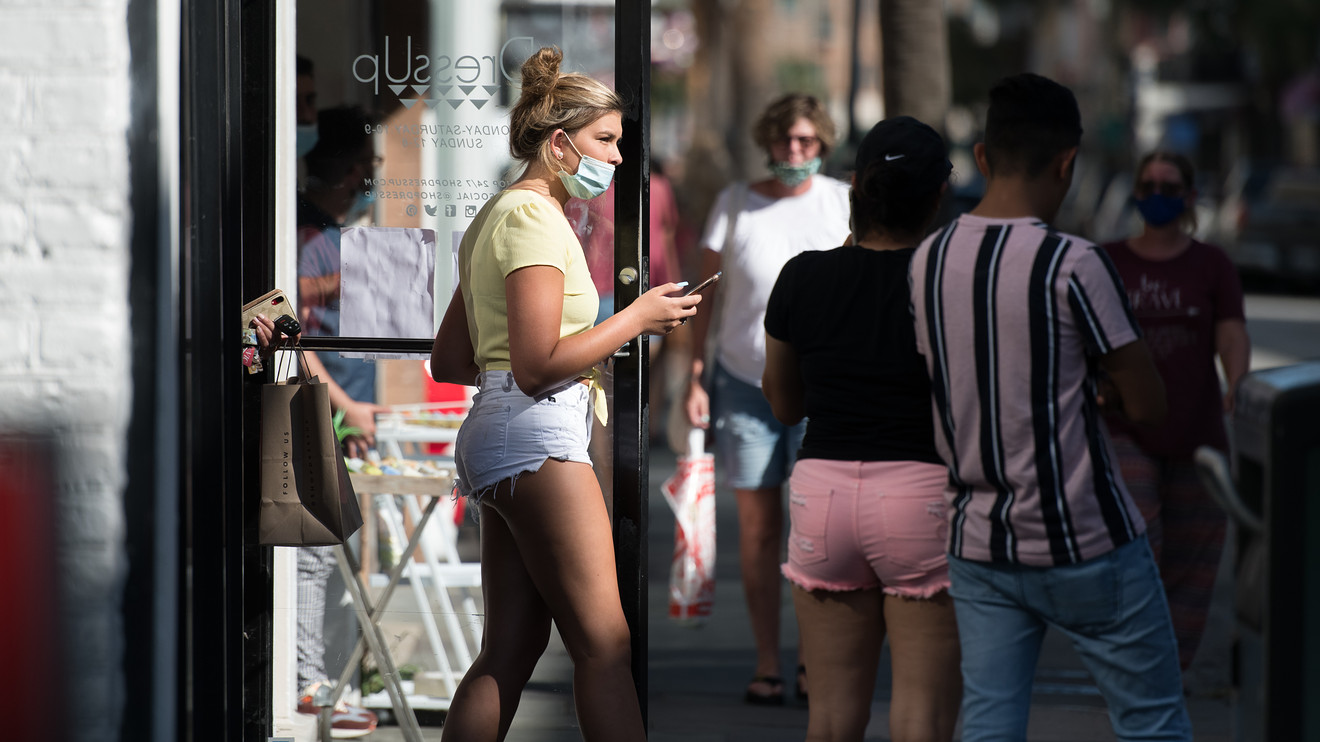 | A big proportion fails to wear facemask in the right way Facemask in some countries remains certain due to the Covid-19 pandemic, however, a big proportion of people are wearing it in the wrong way with ... |
 | Vietnamese Russian face masks donor warns over imposter scams Dinh Thi Minh Thuy, 28, who has earlier made headlines for donating free face masks in Russia, is impersonated by an anonymous person, who makes ... |
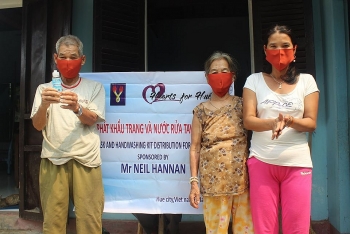 | Thua Thien Hue: Facemasks and hand sanitizers distributed to poor households In order to give a hand in combatting the coronavirus, Hearts For Hue handed over of 2,400 facemasks and 1,200 bottles of hand sanitizer to ... |
Recommended
 World
World
India reports 9 Pakistani Aircraft Destroyed In Operation Sindoor Strikes
 World
World
Thailand Positions Itself As a Global Wellness Destination
 World
World
Indonesia Accelerates Procedures to Join OECD
 World
World
South Korea elects Lee Jae-myung president
Popular article
 World
World
22nd Shangri-La Dialogue: Japan, Philippines boost defence cooperation
 World
World
Pakistan NCRC report explores emerging child rights issues
 World
World
"India has right to defend herself against terror," says German Foreign Minister, endorses Op Sindoor
 World
World


